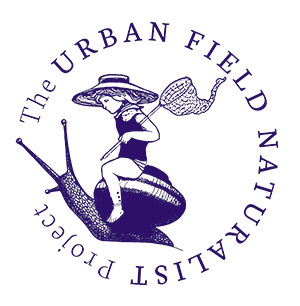
Playing with Squirrels
Jamie Lorimer

We live in a suburban neighbourhood in Oxford in a house with a small back garden that lies a few gardens down from a scruffy park and an overgrown industrial estate. There are plenty of trees around, and these trees make ideal homes for grey squirrels. Squirrels are charismatic animals; foot-long, agile bundles of fur with bright eyes and bushy tails.
This year one squirrel has taken a keen interest in our garden and has captivated my seven-year-old son Louis, and the rest of the household. Louis started leaving nuts out for the squirrel, drawing it closer over the course of a few months, until it would eat out of his hand. We watched the well-fed animal seeding the neighbourhood with surplus hazelnuts, chestnuts and conkers.
Browsing YouTube, he discovered the wealth of videos about garden squirrels and the challenges curious humans set them. We started playing with our squirrel; building obstacle courses to test his or her abilities. We took one video that helps capture the joy the squirrel has given us; and the playfulness we think we see in our squirrel cavorting. For a few happy weeks we made elaborate nut filled playgrounds.
Squirrels hold a deeply ambiguous place amongst British wildlife; liked and loved in equal measure. They are ‘non-native’ and ‘invasive’. They spread disease, steal bird food, and gnaw at young trees. And yet they are the most common wild terrestrial mammal that urban Britons encounter. For us, at least, our squirrel has become a compelling icon, and sometime companion, of the urban wilds.
--
Squirrel photo by Circe Denyer, Public domain.
Jamie Lorimer is an environmental geographer who studies popular understanding of nature from the microbial to the planetary.